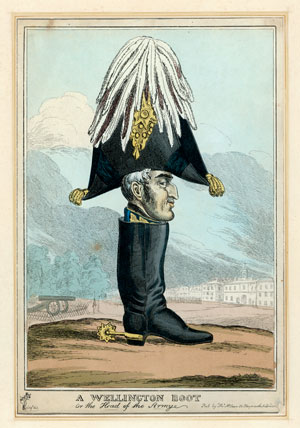BRITAIN brings you the weird and wonderful details about Britain’s heroes and heroines
 1. Sir Francis Drake
1. Sir Francis Drake
The first Englishman to circumnavigate the globe, Sir Francis Drake left an often forgotten legacy: his drum, which it’s said will beat of its own accord to summon the Elizabethan sea dog back from the dead should England be in danger. It’s kept at his former home, Buckland Abbey in Devon.
2. Queen Elizabeth I
Queen Elizabeth I was the mistress of spin and iconic imagery, as shown by the glorious Armada Portrait of her after she faced down Spanish invasion. Desperate to resist the ravages of time and live up to her public persona, Gloriana included the application of urine to the royal face as an anti-wrinkle treatment.
3. Sir Walter Ralegh
Flamboyant explorer Sir Walter Ralegh was a man of many parts, naming Virginia for Elizabeth I and popularising pipe-smoking at court. While in the Tower of London for treason, he conducted chemical experiments in a shed, grew tobacco on Tower Green and wrote his History of the World. After Ralegh was executed in 1618, his wife kept one part of him in a bag: his embalmed head.
4. Sir Issac Newton
Sir Isaac Newton discovered the principle of gravity and defined force in his laws of motion. He is also credited with inventing the cat flap, enabling grateful felines around the country to come and go from their homes as they please.
5. Duke of Wellington
The Iron Duke of Wellington, who defeated Napoleon at Waterloo in 1818, appears to have had a soft side to his character. One day, on finding a boy sobbing because he had to go away to school and had no one to care for his pet toad, Wellington offered his services. He even sent a report of the toad’s wellbeing to the tearful child.
6. Florence Nightingale
Florence Nightingale, the Lady with the Lamp who tended British troops in the Crimean War and pioneered modern nursing, was a gifted mathematician. She was the first woman to be elected to the Royal Statistical Society and is credited with inventing the pie chart (nothing to do with over-eating, of course, which would be detrimental to health).
7. Grace Darling
Grace Darling survived raging seas when she rowed to help survivors of the wrecked SS Forfarshire off the Bamburgh coast in 1838, but overnight celebritythreatened to engulf her. So many fans requested locks of the 22-year-old’s hair that her family feared she would need a wig. Grace died of consumption four years after the dramatic rescue, further guaranteeing her status as a Victorian heroine.
8. Isambard Kingdom Brunel
Isambard Kingdom Brunel was a genius of the ‘heroic age of engineering’. Just as well. When entertaining his children with conjuring tricks in 1843, he accidentally swallowed a half-sovereign, which lodged in his windpipe. He quickly knocked up a board pivoted between two uprights, strapped himself in, spun rapidly head over heels – and the coin was expelled by the centrifugal force.
9. Alan Turing
Computer pioneer and key wartime code-breaker Alan Turing was nothing if not eccentric. He cycled to work at top-secret Bletchley Park on a bike
whose chain came off at regular intervals, but instead of mending it, he counted the number of times the pedals went round and got off in time to adjust the chain by hand.
10. Sir Winston Churchill
Sir Winston Churchill was an expert bricklayer and a qualified member of the Amalgamated Union of Bricklayers. In his spare time at his home in Kent, he laid a brick wall around the vegetable garden. With a trowel in one hand and cigar in the other, he proved a dab hand at constructing a goldfish pond and swimming pool too.
Liked this? Why not read our 10 top facts about the Crown Jewels or 10 top facts about William Shakespeare
Related articles
10 things you should know about the Crown Jewels
10 fast facts: William Shakespeare
10 greatest women in British history






 © 2024
© 2024